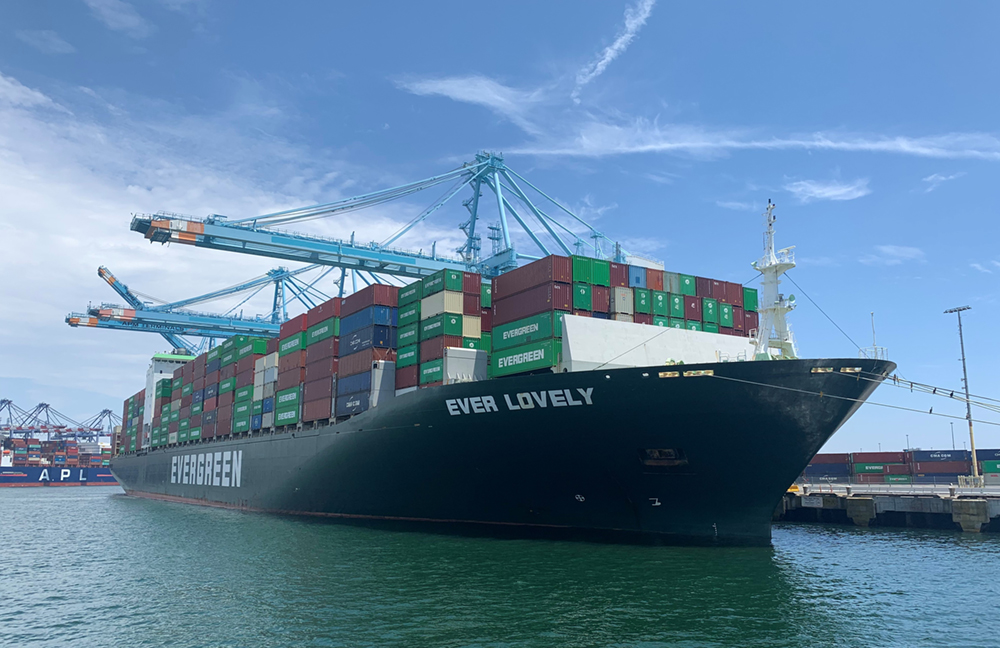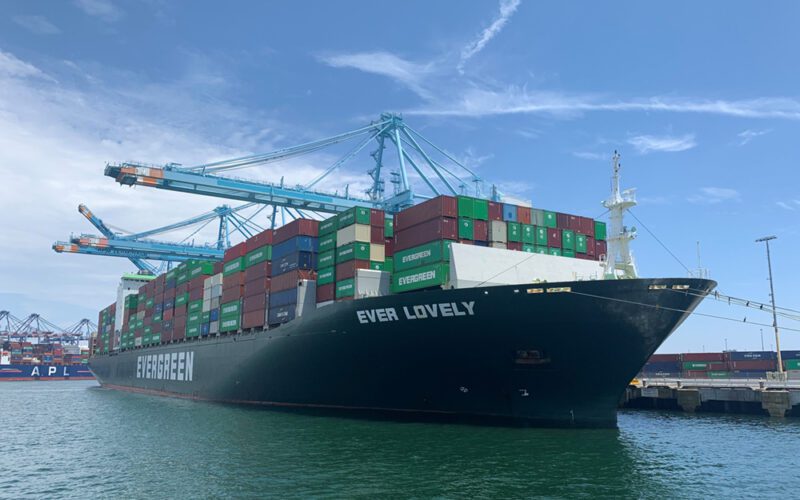
The number of imports moving between the U.S. West Coast seaports and Asia continued to drop in June, while Asia-bound exports saw a year-over-year uptick for some, according to the Pacific Merchant Shipping Association’s latest West Coast Trade Report released Monday, Aug. 22.
U.S. West Coast seaports handled about 2.7% fewer imports, from 58.3% in June 2021 to 55.6% in June 2022. Los Angeles/Long Beach moved 1.1% fewer imports, dipping from 45.2% in June 2021 to 44.1% in June 2022, while Oakland inched up 0.2%, from 3.9% in June 2021 to 4.1% in June 2022 versus.
Meanwhile, the Northwest Seaport Alliance (the combined maritime cargo operations of the ports of Seattle and Tacoma) saw imports from Asia fall from 7.8% in June 2021 to 6% in June 2022.
With exports, U.S. West Coast ports fared better, handling 5.1% more Asia-bound cargo, from 52.1% in June 2021 to 57.2% in June 2022.
Los Angeles and Long Beach saw 6.5% more exports to Asia, heading upward from 30.8% in June 2021 to 37.3% in June 2022. However, Oakland and NWSA saw Asia-bound exports fall from 9.1% in June 2021 to 8.7% in June 2022 in Oakland, and from 11.2% in June 2021 to 10% in June 2022, according to PMSA data.
“The numbers testify to the erosion of USWC share of containerized imports from the other side of the Pacific,” the report stated. “On the export side of the ledger, the USWC ports handled a significantly higher share of the containerized tonnage heading across the Pacific than they had a year earlier, even if their share of the value of those exports declined.”

